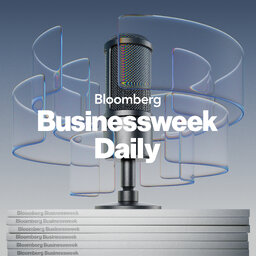Jobs Surge Reignites Fed Debate, The Future of Food Crops
Watch Carol and Tim LIVE every day on YouTube: http://bit.ly/3vTiACF.
Bloomberg News International Economics & Policy Correspondent Michael McKee and Bloomberg Intelligence Chief US Interest Rate Strategist Ira Jersey break down the latest jobs data and what the mixed forecast could mean for the Federal Reserve’s rate outlook. Amy Glaser, Senior Vice President at Adecco talks about the latest employment trends, including how employers are adapting to a new generation of employees. Bloomberg News Chief Technology Correspondent Mark Gurman previews what Apple’s planning for this year’s Worldwide Developers Conference. Rory Riggs, CEO of Cibus, joins to talk about how his company is reshaping the world of plant breeding. And we Drive to the Close with Lance Cannon, Portfolio Manager at Hood River Capital Management.
Producer: Paul Brennan, with assistance from Justin Milliner.
Hosts: Tim Stenovec and Emily Graffeo
 Bloomberg Businessweek
Bloomberg Businessweek


